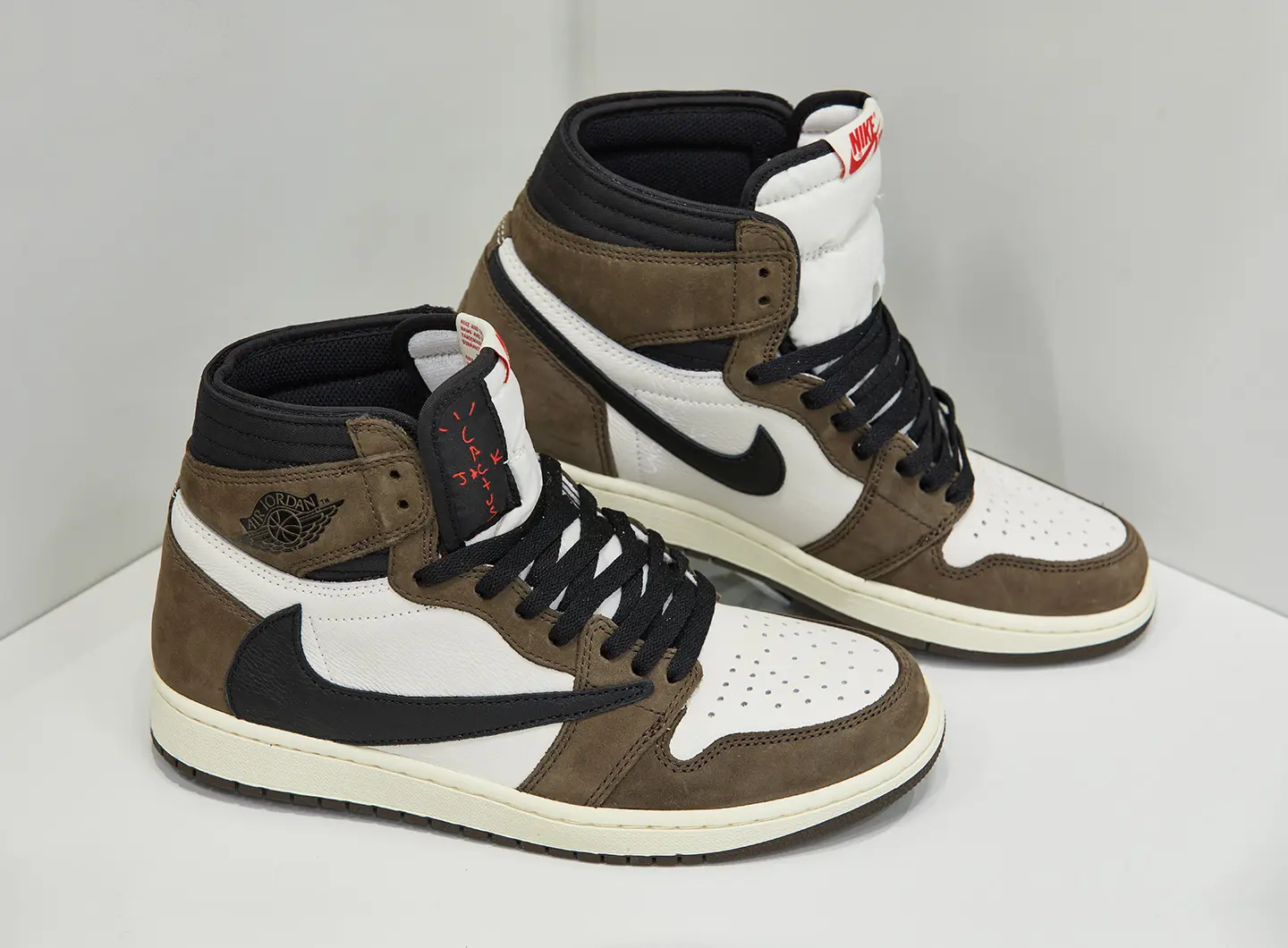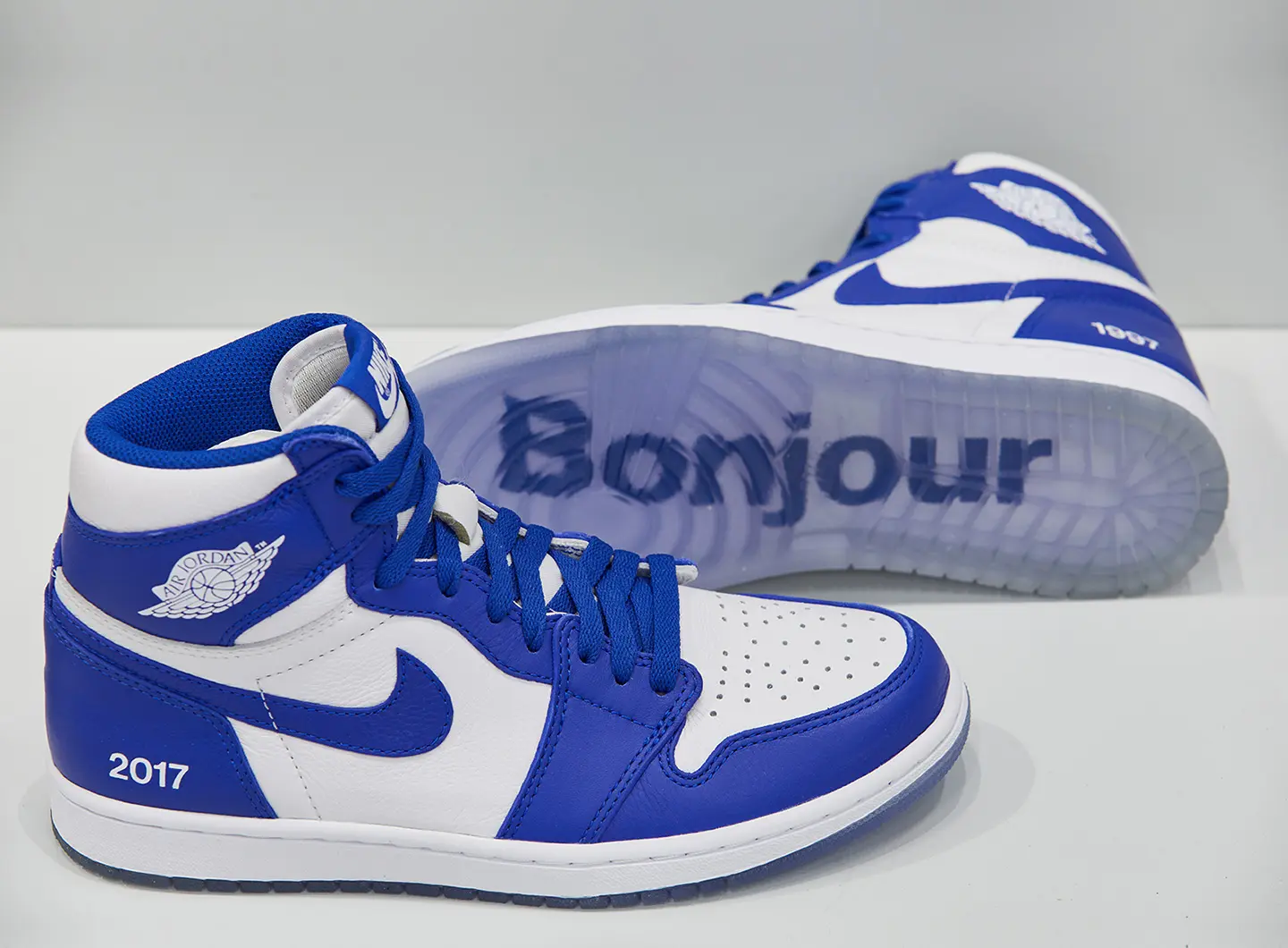From BIG to David Chipperfield, Frank Gehry to Snøhetta: a world tour of the best buildings set to open in 2026
Sneakers on exhibit, channelling history, glamour and technology
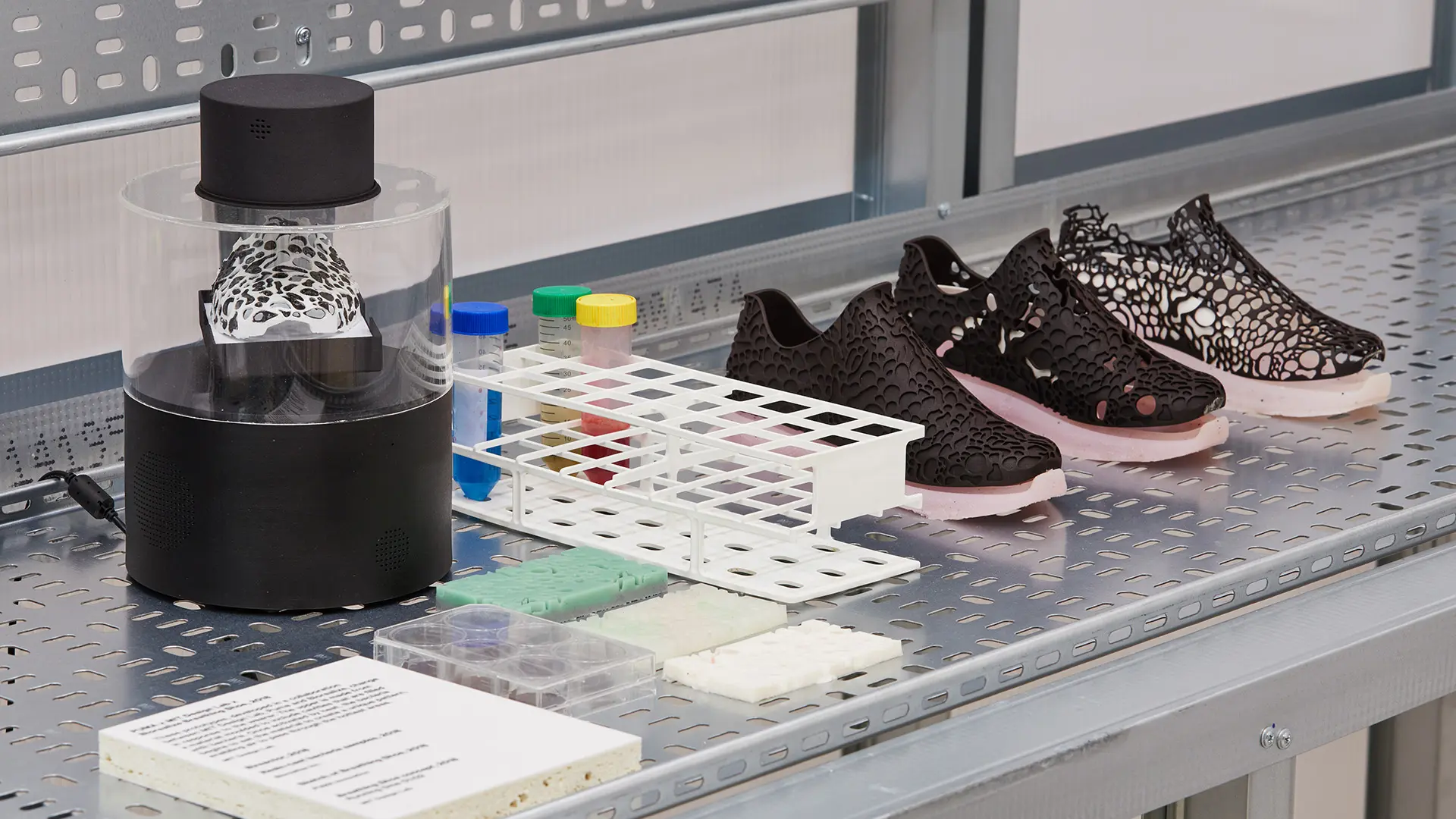
PUMA for MIT Design Lab - Biorealize Breathing Shoe
More than 200 pairs at the Design Museum in London. Designed for sport, going on to become cultural symbols, style icons, collectors’ pieces. And now examples of upcycling and sustainable design.
“El purtava i scarp de tennis”… [He was wearing tennis shoes]. How far away that period and those shoes seem, woven into the imaginary world around the song about a “barbun” [tramp], whereas in actual fact they represent an autobiographical reference to the youth of the Milanese singer-songwriter (Enzo Jannacci, to be precise).
Let’s say that tennis shoes, or gym shoes as they were known in the Sixties, have come a long way: formerly symbols of rebellion and emancipation (see James Dean and his All Stars in Rebel Without a Cause) they became a mass phenomenon and eventually a status symbol. They’ve made their way from the sidewalks of suburban America to the great museums. Back in 2019, a collaboration between Adidas and Parley spawned the Concept Shoe, made from recycled yarns and plastic for the Oceans international network of associations working towards the reclamation and recycling of plastic ocean waste, exhibited at the XXII Triennale di Milano Broken Nature exhibition. Now, more than 200 exemplars have gone on show at the Sneakers Unboxed: Studio to Street exhibition at London’s Design Museum, until 24th October.
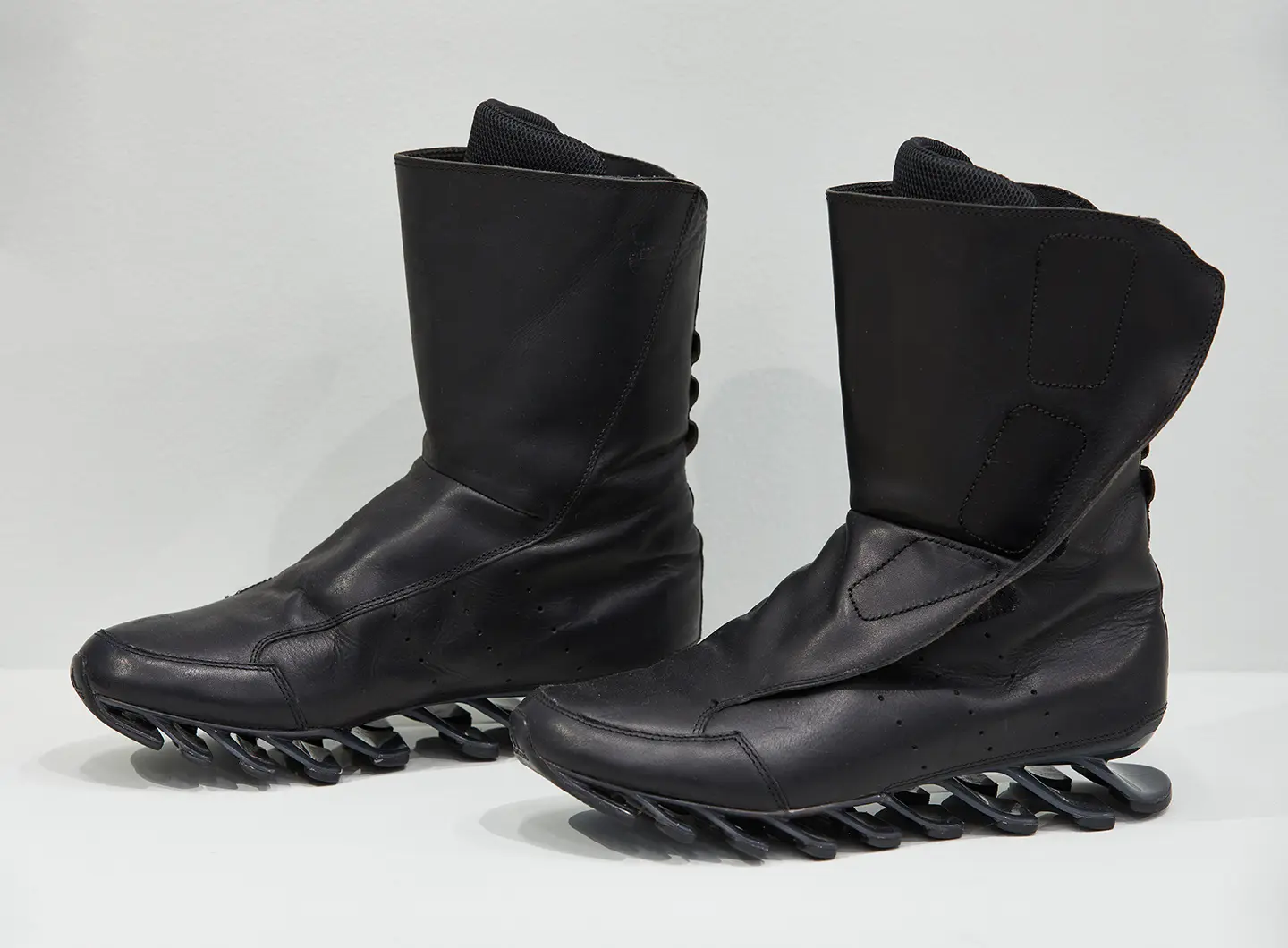
Adidas for Rick Owens, Springblade High - Photo by Ed Reeve
While the Ancient Greeks and lndians used special shoes or other expedients when practising sport, it was the British who created the very first real sports shoe in the mid-nineteenth century, with a rubber sole and leather upper which, on its arrival in the United States became known as a sneaker, from the verb to sneak, or move silently. It would appear to be a British policeman who first coined the term, this sort of footwear being less noisy than leather, and therefore perfect for nicking burglars. Nowadays sneakers have become collectors’ items, auctioned at Sotheby’s and Christie’s for astronomical sum.
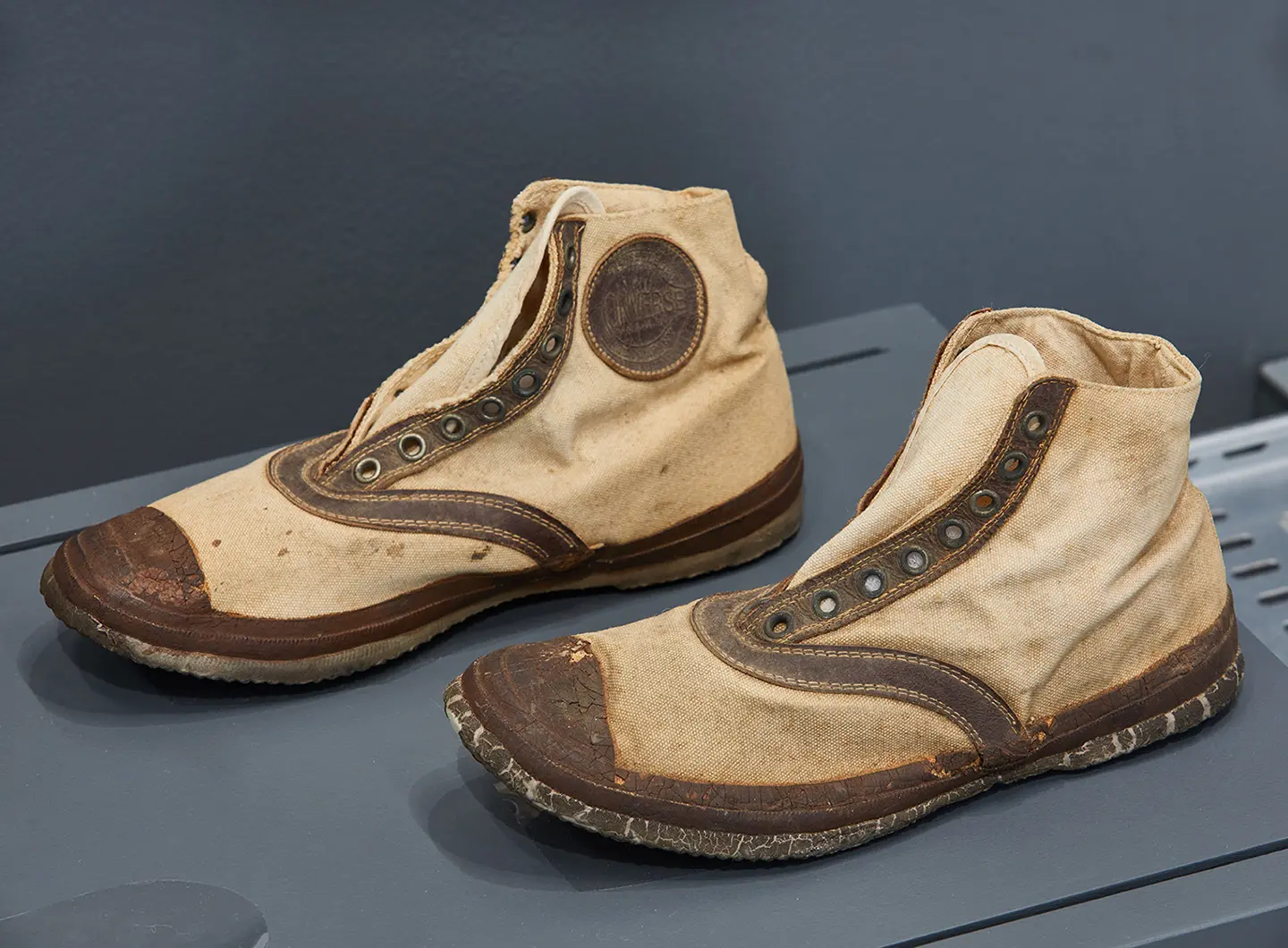
Converse Big 9 - Photo by Ed Reeve
“A phenomenon that has challenged performance design, inspired new youth cultures and shaken the world of fashion” is how the London-based temple of design puts it, in its homage to sneakers with an event that has already achieved cult status. “The exhibition reveals the role young people from diverse backgrounds have played in making individual sneakers into style icons and in driving an industry now worth billions,” said Ligaya Salazar, curator of the exhibition. The e-commerce platform, which operates as a specialist marketplace for high-end products, sneakers included, estimates that the sector will be worth around one billion dollars by 2030. Ms Salazar went on to say: “The exhibition also gives behind-the-scenes insight into new upcycling and sustainable design practices, invisible prototypes that predict the future of performance design.”
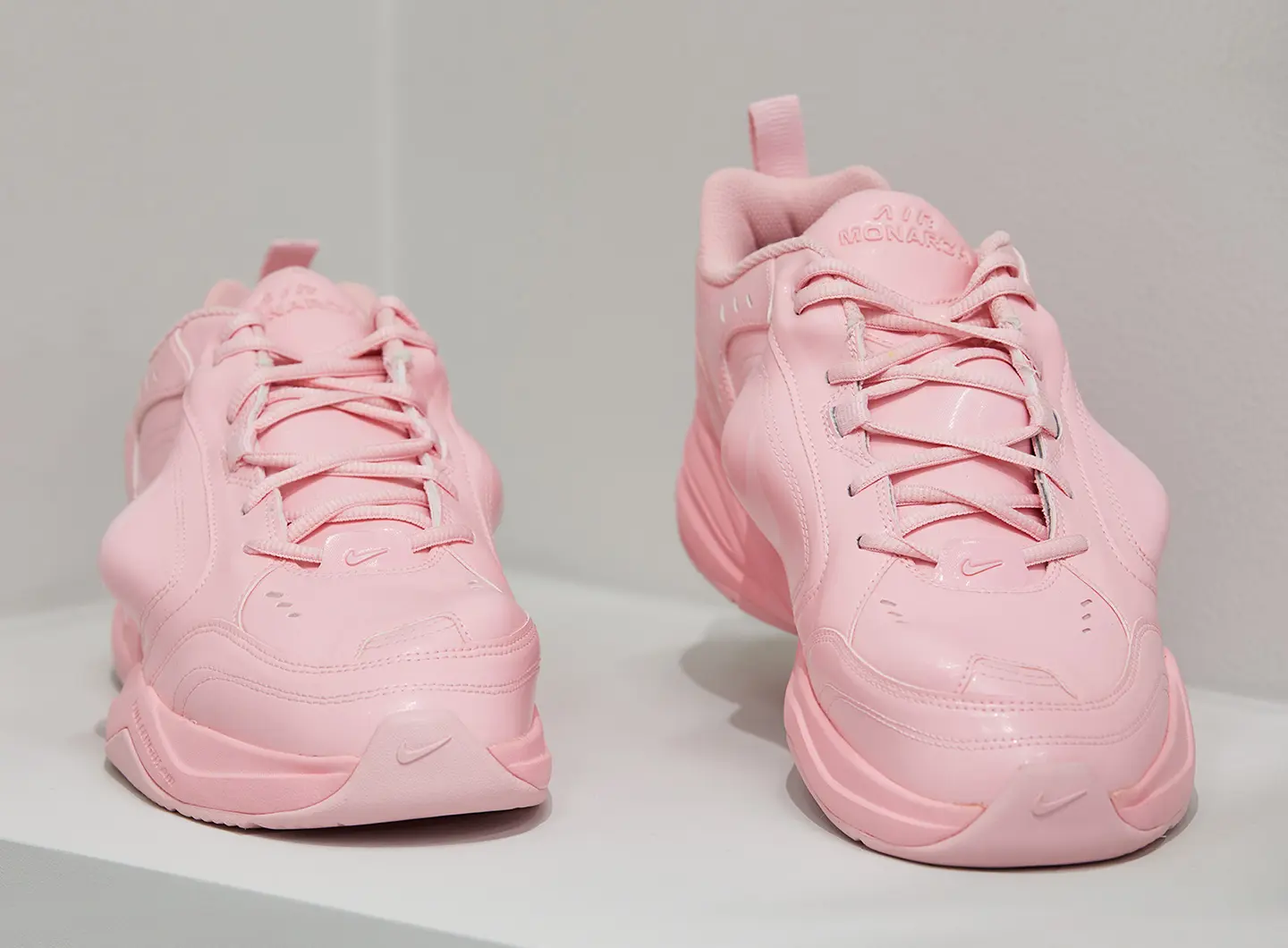
Nike for Martine Rose, Air Monarch IV - Photo by Ed Reeve
Originating in the sporting environment in New York in the Seventies, like their forebears, basketball fans and the hip-hop communities did a great deal to help turn sneakers into objects of desire and status symbols, not least because of being worn by famous personalities, from players such as Clyde Frazier, Chuck Taylor and Michael Jordan to the group Run-DMC and the rapper Kanye West. They became a stellar success also thanks to the reinvention of streetwear by luxury brands such as Balenciaga, Burberry, Comme des Garçons, Gucci and Louis Vuitton, amongst others. They also saw the popstar Rihanna become creative director of Puma in 2014. A fundamental step was marked when these shoes moved from all-white (compulsory in the sporting world for a long time) to an increasingly varied palette.
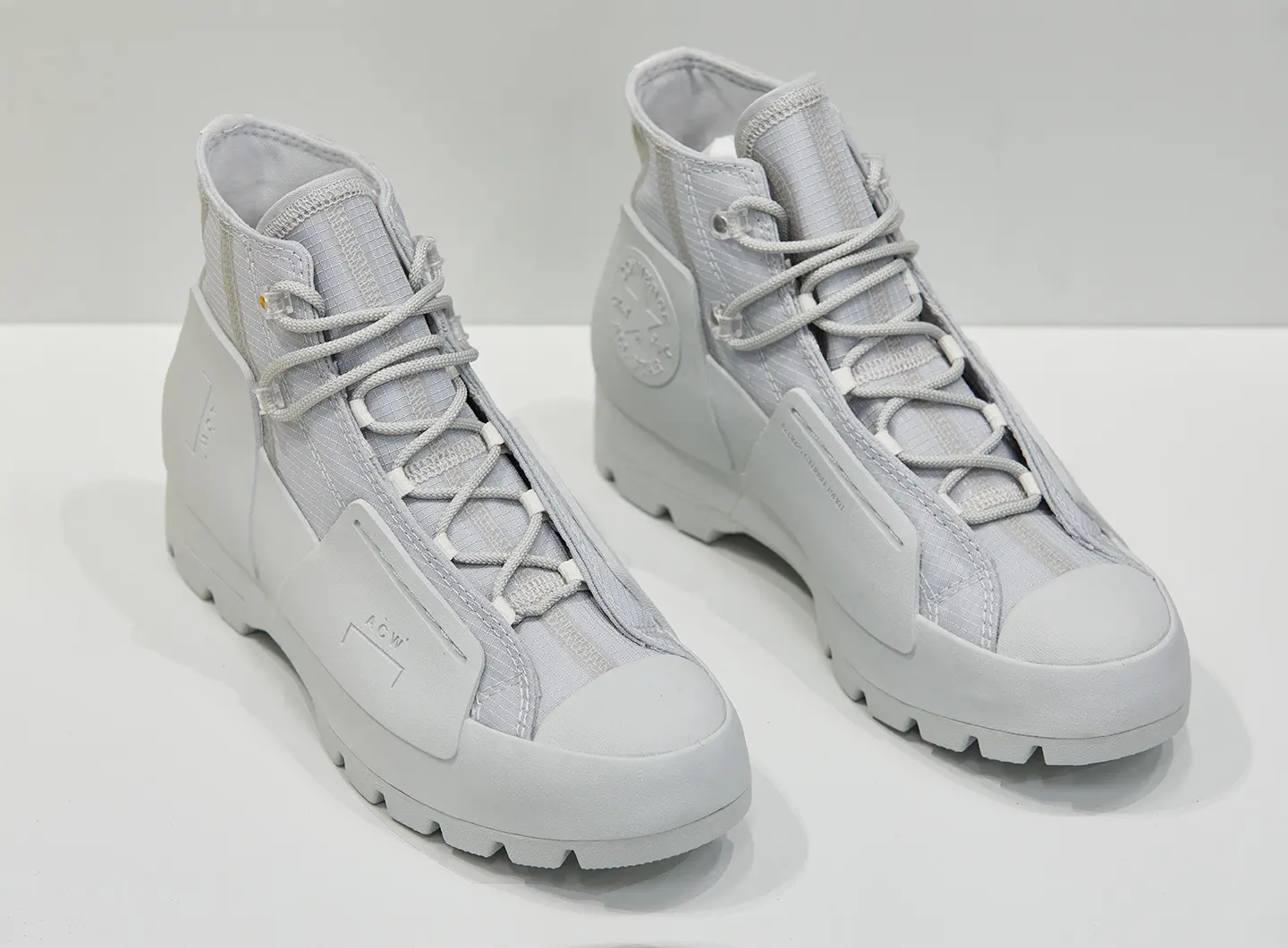
Converse for A-COLD-WALL, Chuck Taylor All Star Lugged - Photo by Ed Reeve
The exhibition – split into Style and Performance – also looks at other factors behind the success of sneakers - groups and movements such as the West Coast Skaters, the Casuals from the UK, the Bubbleheads from Cape Town and the Grime music scene, reaching as far as Tokyo, where collaborations between streetwear boutiques and designers first took off – the early Adidas with Yohji Yamamoto, for instance – that totally overturned the rules of the sector. The exhibition also includes the world of small retailers, which helped sneakers catch on all over the world, such as Footwork and Reed Space in New York or Patta in Amsterdam.
The exhibition delves even deeper, attempting to find out whether the passion for this type of footwear is really genuine or whether it is driven by commercial ends. Certainly it’s a market in continuous growth: even the annus horribilis, 2020, saw the production of limited editions and particular collaborations, such as that of Kanye West and Pharell Williams for Adidas, for instance.


 Salone Selection
Salone Selection
